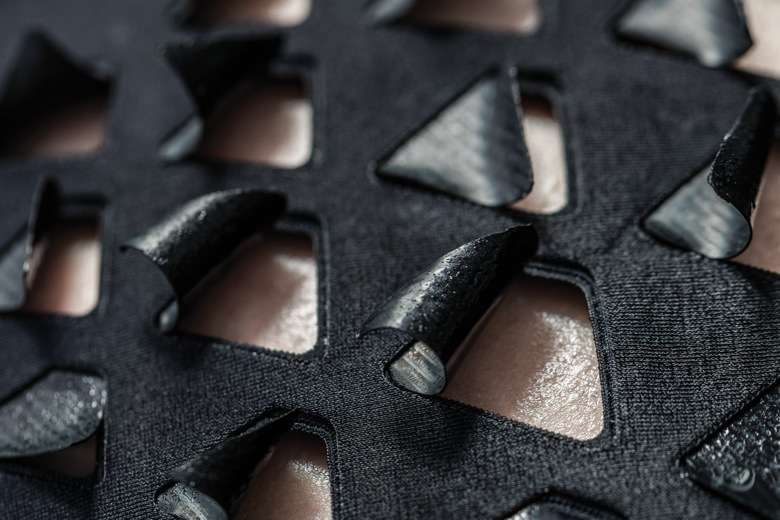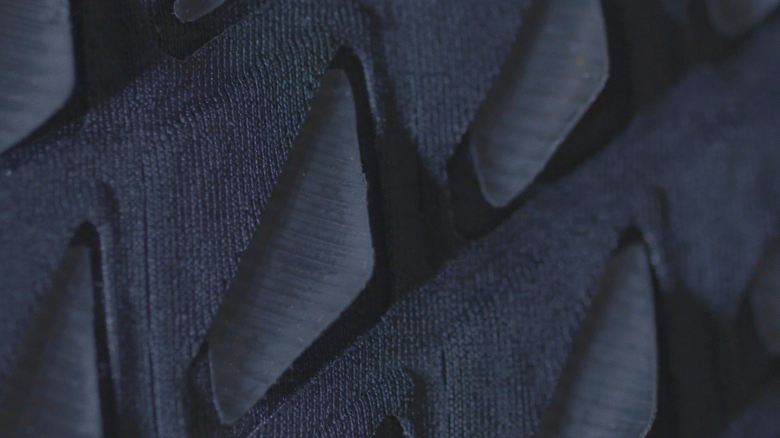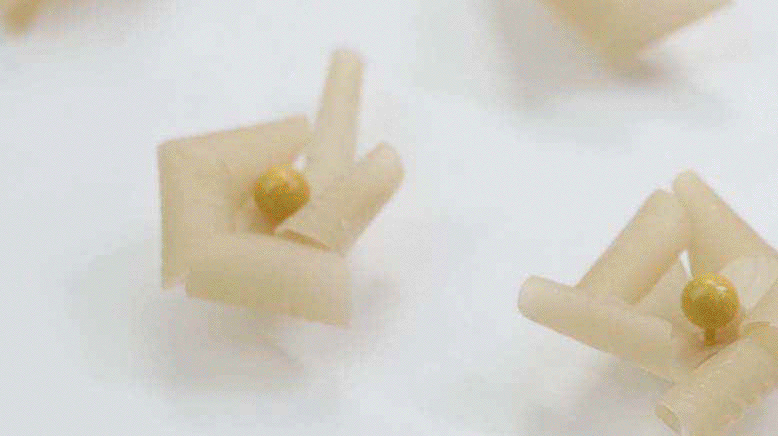October 30, 2015 weblog
MIT group explores bacteria use for comfort wear

Is "bio" the new interface? What is all this talk about actuators being made out of biological matter such as bacteria?
Answers can be found from the MIT Tangible Media Group, MIT Media Lab, with a project called bioLogic.
This is their attempt to invent a responsive interface in an interesting way. They are growing living actuators. They said, "We are Imagining a world where actuators and sensors can be grown rather than manufactured, being derived from nature as opposed to engineered in factories."
Kelsey Campbell-Dollaghan in Gizmodo described their work as "a wearable technology that grows in a dish, rather than a factory." Wired similarly said the investigation focus is on "how we can grow actuators that control the interfaces around us instead of manufacturing them in a factory."
The team has a video about their work, explaining it as growing humidity responsive bacteria as nanoactuators to transform biohybrid material.
Campbell-Dollaghan in Gizmodo said, "Actuators, being motors, are everywhere—in our phones, our watches, and our cars. They're the basis for much of the modern world, turning a broad range of energy into a movement."

The roots of their research can be dated back to the past with the discovery of a bacteria Bacillus subtilis natto; the microorganism lived inside dry rice stalks and were in turn woven into bags for soybeans .
This bacteria became an established fermentation tool for the preparation of nattō, a soybean-based dish in Japan.
Now they are using the bacteria in a new way—it becomes a nanoactuator that expands and shrinks based on atmospheric moisture or the sweat of the skin. As Gizmodo wrote, the team was interested in the possibilities: "if natto's expansion and contraction could be carefully calibrated, perhaps it could act more like a machine than an unpredictable organism. Perhaps it could act more like an actuator."
The team said, "We introduce a specific type of living cells as nanoactuators that react to body temperature and humidity change. The living nanoactuator can be controlled by electrical signal and communicate with the virtual world as well." A digital printing system and design simulation software were developed too.
The bioLogic project page lists the group as Lining Yao, Wen Wang, Guanyun Wang, Helene Steiner, Chin-Yi Cheng, Jifei Ou, Oksana Anilionyte and Hiroshi Ishii.

Liz Stinson in Wired: "Yao and her team turned the natto cells into a biofilm that was then printed in layers on pieces of spandex. Printing the biofilm in different patterns gives rise to different behaviors." When humidity begins to rise, the flaps begin to curl. "At 100 percent humidity, the flaps are completely open, allowing for maximum breathability," said Wired.
Their concept has enabled a human feedback loop; garments come to life once you wear them. An article about their work in ZME Science translates all this into a resulting application: a living suit that literally breathes when exposed to sweat, specifically "a suit that self-regulates in response to humidity (the trigger is sweat) so you can work, dance or explore more comfortably."
The project site said "The synthetic bio-skin reacts to body heat and sweat, causing flaps around heat zones to open, enabling sweat to evaporate and cool down the body through an organic material flux."
More information: tangible.media.mit.edu/project/biologic/
© 2015 Tech Xplore



















